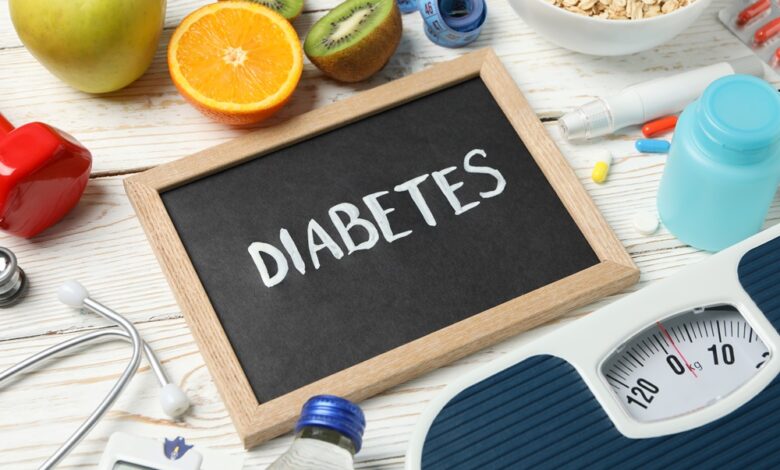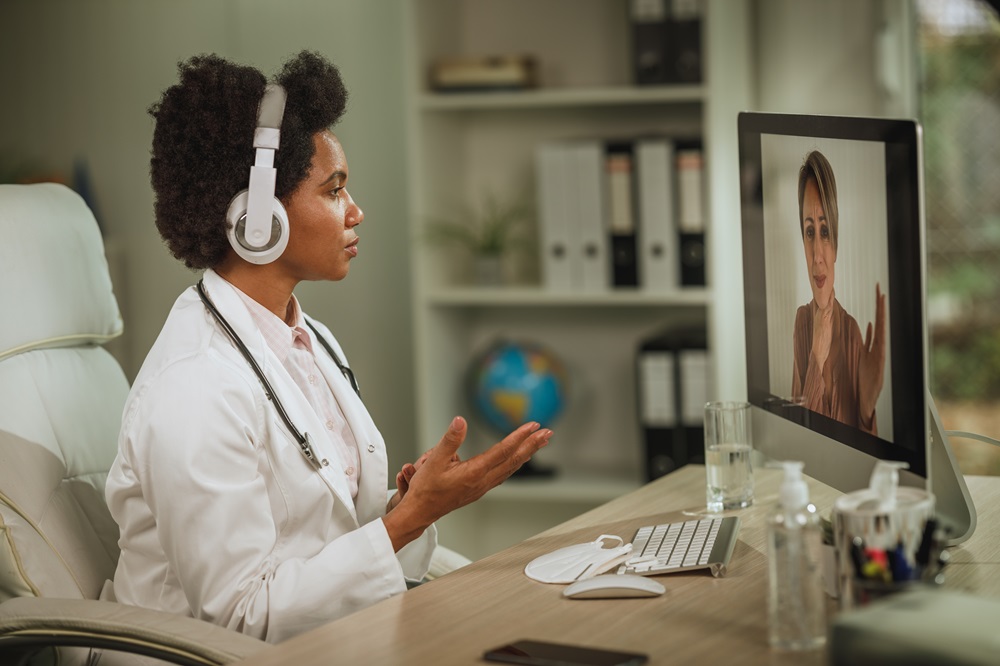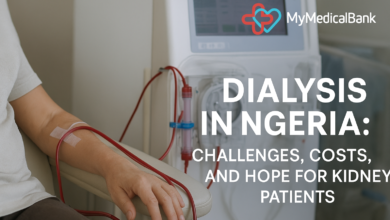Telemedicine For Diabetes | How Diabetes can be Effectively Addressed through Telemedicine

Table of Contents
Telemedicine for Diabetes
Telemedicine is a clinical approach that was rarely used in day-to-day practice, if not only in certain settings, before the COVID-19 pandemic.
Telemedicine refers to any health care that’s provided remotely via telecommunications technology. This can include care provided by electronic messages, encounters through video-capable devices like smartphones, or telephone encounters.
As stated by the WHO, telemedicine is the delivery of health care services, where distance is a critical factor, by all health care professionals using information and communication technologies (ICT) for the exchange of valid information for diagnosis, treatment, and prevention of disease and injuries.
People Also Read : Everything You Need To Know About Telemedicine In Nigeria
The COVID-19 pandemic has changed the management of chronic diseases, such as diabetes mellitus, and the routine interaction between patients and physicians. Telemedicine, an instrument seldom used in particular health contexts, was revealed to be a pivotal and undeniably useful tool for all chronic disease management, and not only for diabetes, in particular during the lock-down periods, which were characterized by extremely restrictive measures on free movement and profound changes in daily activity across several Countries.
Nowadays, technological tools are more and more widely used for the management of diabetes. Diabetes, a chronic disease that often needs frequent confronting between patients and health professionals has taken advantage of the telehealth approach.
Telemedicine for diabetes management
Telemedicine can be useful for the management of diabetes mellitus. Remote monitoring of glucose levels improves A1C levels in people with poor glucose control. When multiple daily injections of insulin are required, continuous glucose monitoring improves glycemic control and increases patient satisfaction.
Telemedicine diabetes prevention programs can be cost-effective. Teleretinal screening allows for the remote evaluation of retinal photos obtained at the primary care office to facilitate the timely completion of annual screening.
Telemedicine and remote continuous glucose monitoring (CGM) are the two health-related technologies most diffused during the pandemic, becoming essential tools in the management of diabetes. These approaches have been endorsed by several guidelines, planned and fully investigated, to culminate in the proposal of virtual diabetes clinics.
People Also Read : 10 Telemedicine Startups Changing How Nigerians Access Care
Benefits And How does telemedicine help diabetics
Diabetes is one of the best-suited conditions for telehealth, and telehealth can be used to provide care for any type of diabetes.
If you’ve set up a telehealth appointment for your diabetes, you’re taking advantage of a great way to stay on top of your blood glucose, keep it in good control, and avoid complications. Telehealth allows you to connect with your doctor via phone call, text message, or most commonly, video chat.
Telehealth can be used to deliver many kinds of diabetes care, beyond interpreting data and adjusting medicines. For example, healthcare professionals can use telehealth to provide;
-More frequent care for patients who are struggling or need extra support during challenging times.
–Mental health support and behavioral therapy for patients with diabetes and their families.
–Home-based telehealth visits enable providers to visualize the home environment, affording them a better understanding of how diabetes supplies are stored and used and how food is accessed and prepared.
-School-based care for children with diabetes.
-Peer support through virtual peer groups and shared medical appointments.
-Provider-to-provider education and remote consultations between diabetes subspecialists and primary care providers.
Remote monitoring allows the patient to communicate real-time blood glucose data to their physician to support diabetes self-management and recognize problems early.

Challenges and Opportunities in Using Telehealth for Diabetes Care
In addition to confirming many benefits of telehealth for people with diabetes, data gathered during the COVID-19 pandemic highlight some significant challenges to the optimal use of telehealth within diabetes care. They include;
-The care provided by nonphysician team members such as nurses, certified diabetes care and education specialists, dietitians, and social workers is beneficial for all but is particularly crucial for a subset of people with diabetes. Therefore, the fact that these providers have not participated in synchronous telehealth encounters at many diabetes centers—instead contacting patients separately or on an as-needed.
-Provider shortages disproportionately affect people with diabetes in rural areas. In the United States, those living outside of cities have, on average, less access to specialists (e.g., endocrinologists and ophthalmologists), must travel farther to the nearest health care facility, and have worse self-reported health status.
-When considering disparities in the use of remote care during COVID-19, it is important to note that delivery of ambulatory care decreased overall during the pandemic despite the addition of telehealth, and 38% of global primary and specialty providers rated diabetes as the chronic condition most affected by reduced care delivery.
Practical Tips for Providing Telediabetes Care
Before initiating telediabetes care, consider scheduling an in-person visit to establish baseline digital literacy and determine patient needs and appropriateness for virtual care follow-up.
Patient preparation for virtual visits involves transmitting blood glucose logs, diet logs, and blood pressure and weight measurements for physician review. Digital health tools such as home scales, blood pressure cuffs, and continuous glucose monitors can help streamline the collection of these data.
Continuous glucose monitoring can be tracked through manufacturer-supported cloud-based websites (e.g., Dexcom Clarity, Libreview) and third-party platforms (e.g., Glooko, Tidepool).
Preparation requires administrative and patient time, which is partially offset by eliminating the office check-in process. Physicians may choose to optimize their clinic workflow by designating a specified number of clinic slots for telediabetes care.
Conclusion
In conclusion, the great majority of studies performed on diabetic individuals during COVID-19 confirm the feasibility, sustainability, and effectiveness of telemedicine applications during a pandemic. These encouraging results suggest that telemedicine for diabetes is something that will be more popular in the future, obviously and hopefully beyond a pandemic condition.
In addition, the COVID-19 pandemic has provided an informative natural experiment in telehealth and telemedicine for diabetes management by stimulating widescale telehealth adoption with varying implementation practices across localities and health systems.
Facebook | Instagram | Linkedln| Youtube | Get Direction To Our Office



